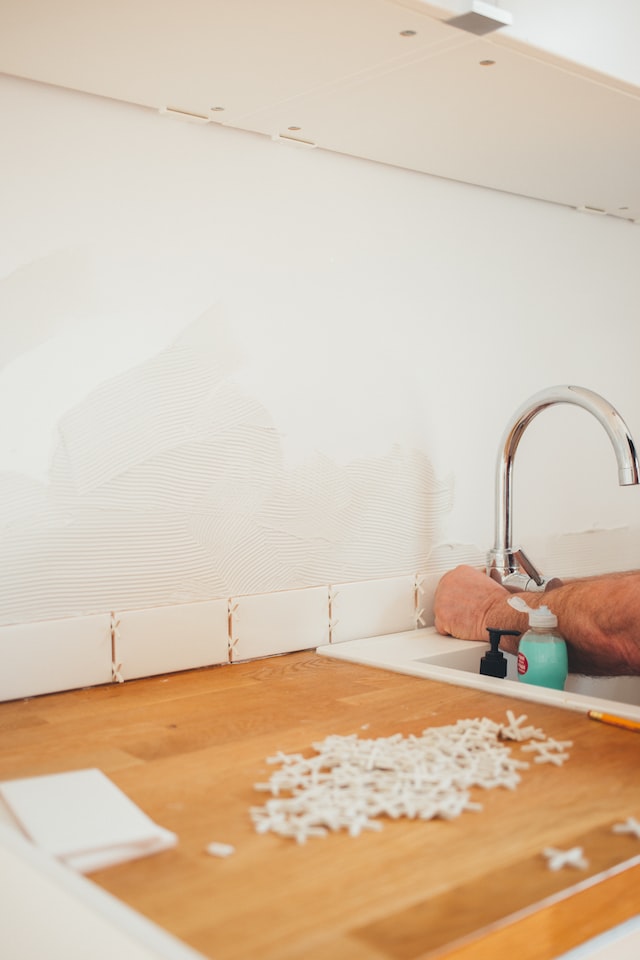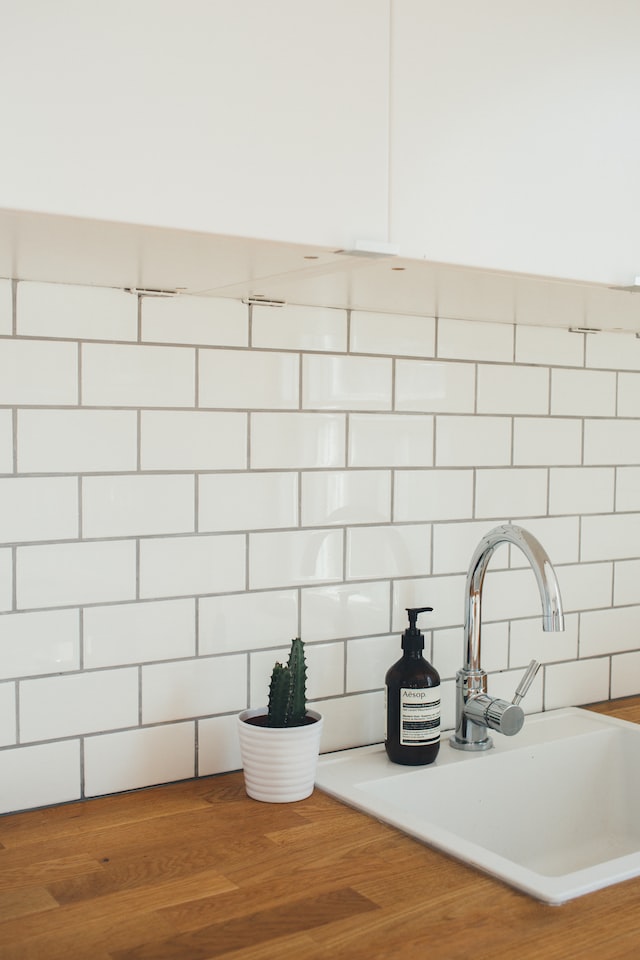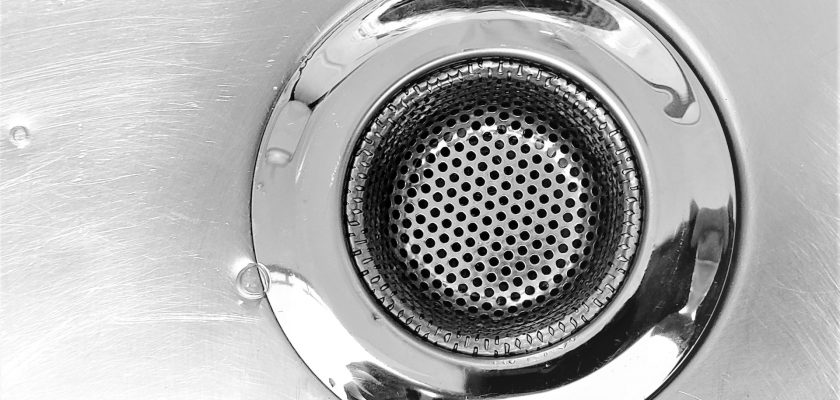When you need to fix a leaky pipe or faucet, one of the most important things to remember is how long it will take for plumber putty to dry. There are a few steps that you can follow to help ensure the putty is completely dry before you do any plumbing work.
Clean and dry it
Plumber putty is a common tool for sealing faucets and other water-related appliances. However, it is not the only sealant option available. Other options include caulk and silicone. Whether you are using a traditional putty or one of these other sealants, there are a few important things to know.
First, you need to apply plumber putty to a clean surface. The best way to do this is to use a damp microfiber cloth. It’s also a good idea to make sure the part is completely dry before applying the putty.
After the putty has been applied, you need to wait about 24 hours for it to harden. If you do not have a microwave, you can heat up the putty in a pan of water.

Photo by charlesdeluvio on Unsplash
Make it pliable
Plumbing putty is a sealant that can be used to prevent leaks in toilets, bathtub drains, and other plumbing fixtures. It is also used for repairs and a variety of other purposes. Plumbers putty can be bought at most hardware stores.
Before applying the putty, make sure that the surface is clean. You can use a cloth or paper towel to wipe off any residue. If you have a stubborn oily residue, you can clean it off with mineral spirits.
Once you’ve applied the plumber’s putty, you can remove any excess by rolling it in your hands or a putty knife. After a few minutes, it should be firm to the touch.
For a more pliable putty, you can mix linseed oil with clay. Then, press the mixture into a small bowl-shaped mold.
Places where it’s not suitable
Plumbers putty is a type of sealant used to prevent water leaks in plumbing. It is ideal for sealing faucets and drains. However, it does not work for all surfaces. If you need a sealant that works with a variety of materials, you may want to consider another product.
Plumbing putty is made from clay-like chemicals. This makes it easy to stick to many materials. However, it does not have the insulating properties of caulk or PVC primer. In addition, it does not dry quickly. Therefore, it can be difficult to reuse it.
Plumber’s putty can be purchased at any hardware store. However, it is important to read the label before buying. You should also use extra care when applying the putty. Wear gloves and a dust mask to avoid contamination.
Repair a gap in the putty
Plumbers putty is a good product for sealing leaks in a plumbing system. It’s easy to use and provides a water-tight seal. However, it can also be unsightly.
Plumber’s putty can be applied to a wide range of materials. This makes it ideal for a wide variety of repair and maintenance tasks. When using the putty, it’s important to follow these tips for a successful job.
For starters, it’s not a great idea to use the putty in pressurized situations. Press down hard enough to make it squish out from the edges.
If you’re in a hurry, you can apply a silicone caulk to offer a watertight seal. But this type of caulk is not as malleable as plumber’s putty, and it can be more difficult to work with.

Photo by charlesdeluvio on Unsplash
Alternatives to plumber’s putty
There are several alternatives to plumber’s putty. These include silicone, caulks, and adhesive. In addition to being durable, these products are water-resistant, preventing moisture from entering your home’s air ducts and pipes.
Plumber’s putty is used to create a tight seal between your sink’s drain and the base of your faucet. It can also be used to fix leaks, repair threaded joints, and connect flanges.
Besides being waterproof, it provides protection from mildew and mold. Moreover, it lasts longer than traditional adhesives.
Plumber’s putty is easy to apply and remove. However, it is not suitable for plastic pipes. If your home has a lot of plastic, you may want to use rubber drain covers or other alternatives.
Plumber’s putty is sold in small plastic containers. Make sure you read the label before using it.
